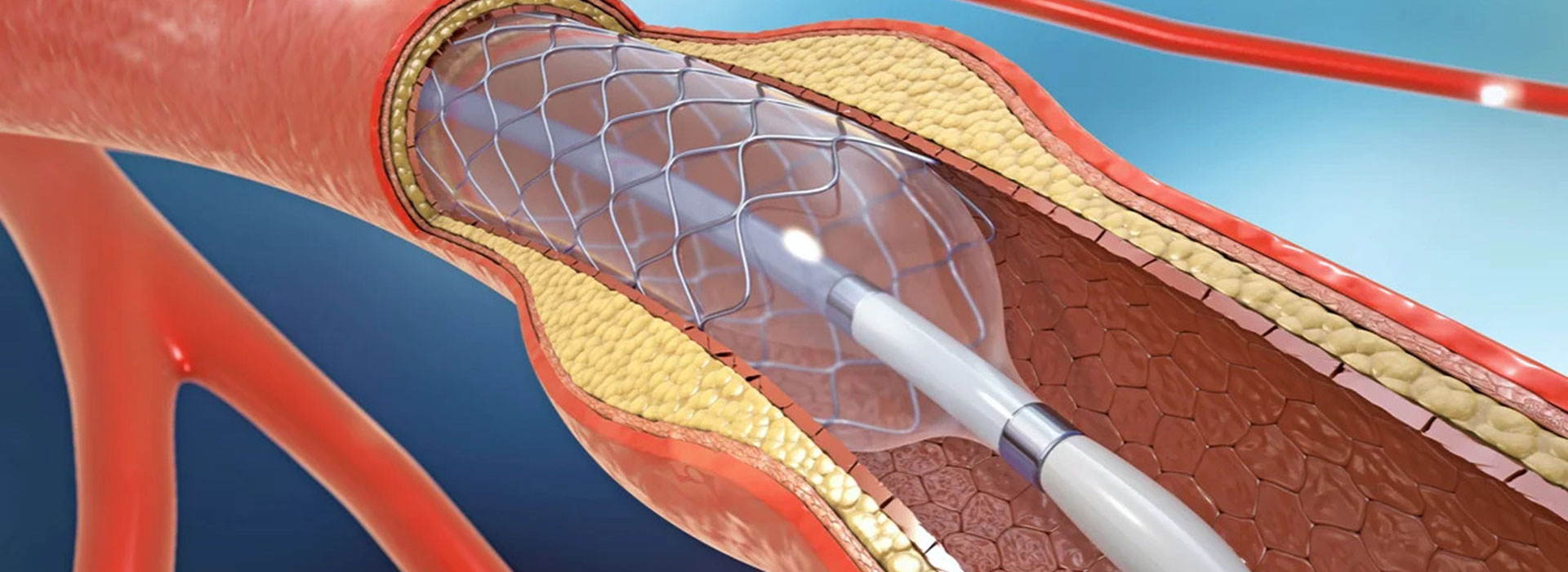
Intracoronary Imaging (IVUS, OCT)
Intracoronary Imaging involves two techniques, Intracoronary Ultrasonography (IVUS) and Optical Coherence Tomography (OCT). Both methods were developed in order to increase the sensitivity in the diagnosis of significant stenoses of the coronary vessels compared to classical Angiography.
Interventional Coronary Angiography is the reference method for the imaging of coronary vessels and the performance of Angioplasty, but with limitations regarding the assessment of the vessel dimensions and the severity of the narrowings, the characterization of the atherosclerotic plaque and the assessment of the result of the Angioplasty. Intravascular Imaging with Intracoronary Ultrasound (IVUS) and Optical Coherence Tomography (OCT) were developed to overcome the above limitations of Coronary Angiography. Their use is focused on the evaluation of intermediate stenoses, the assessment of the severity of coronary lesions and the guidance-optimization of Angioplasty. Imaging-guided Angioplasty has been shown to be associated with lower rates of lesion and target vessel revascularization, stent thrombosis, major cardiovascular events, and cardiovascular death compared with angiography-guided Angioplasty alone.

NIRS (Near-Infrared Spectroscopy)
Near-Infrared Spectroscopy (NIRS) is a technique in analytical chemistry which enables the detection of atheromatous plaques which are rich in lipid and considered vulnerable to rupture. This technique is available in a special catheter which combines NIRS with IVUS.
In conclusion, the limitations of classical angiography in the evaluation of intermediate and unclear coronary stenoses can be effectively reduced with endovascular imaging. Intravascular imaging-guided angioplasty is superior to conventional angiography. IVUS is considered ideal for assessing intermediate lesions and guiding angioplasty (especially of the mainstem), while OCT is excellent for assessing unclear coronary lesions, stent failure mechanisms, atherosclerotic plaque formation, but also for guiding angioplasty. Moreover, the combination of IVUS with NIRS can very accurately locate high-risk lipid-rich atheromatous plaques. Which method is preferred depends on the clinical scenario and the experience of the interventional cardiologist.


